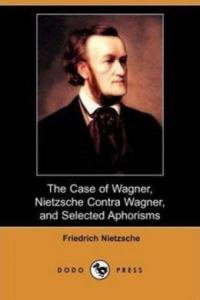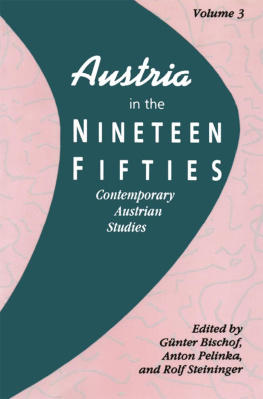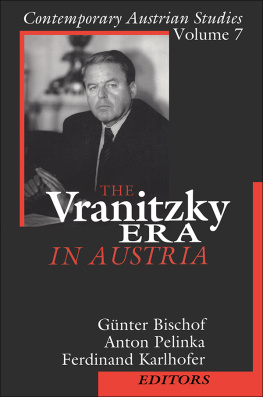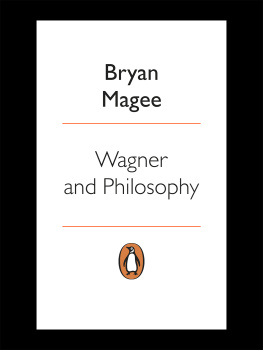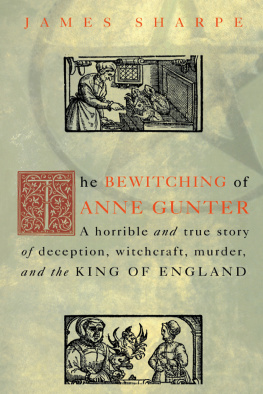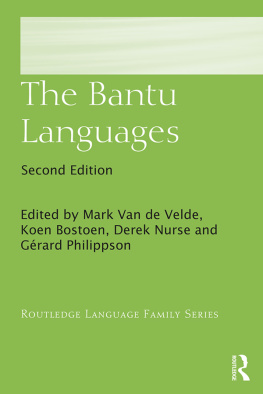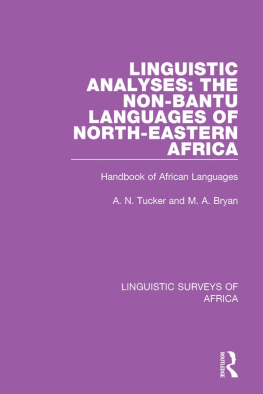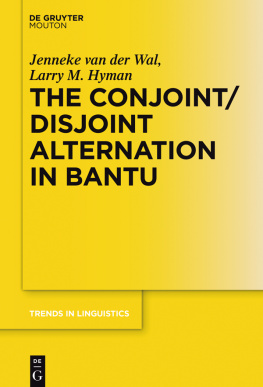First published in 1949 by Oxford University Press for the International African Institute.
This edition first published in 2018
by Routledge
2 Park Square, Milton Park, Abingdon, Oxon OX14 4R
and by Routledge
711 Third Avenue, New York, NY 10017
Routledge is an imprint of the Taylor & Francis Group, an informa business
1949 International African Institute
All rights reserved. No part of this book may be reprinted or reproduced or utilised in any form or by any electronic, mechanical, or other means, now known or hereafter invented, including photocopying and recording, or in any information storage or retrieval system, without permission in writing from the publishers.
Trademark notice: Product or corporate names may be trademarks or registered trademarks, and are used only for identification and explanation without intent to infringe.
British Library Cataloguing in Publication Data A catalogue record for this book is available from the British Library
ISBN: 978-0-8153-8713-8 (Set)
ISBN: 978-0-429-48813-9 (Set) (ebk)
ISBN: 978-1-138-59924-6 (Volume 71) (hbk)
ISBN: 978-0-429-48581-7 (Volume 71) (ebk)
Publishers Note
The publisher has gone to great lengths to ensure the quality of this reprint but points out that some imperfections in the original copies may be apparent.
Disclaimer
The publisher has made every effort to trace copyright holders and would welcome correspondence from those they have been unable to trace.
THE BANTU
OF
NORTH KAVIRONDO
VOLUME I
BY
GNTER WAGNER
Published for the
INTERNATIONAL AFRICAN INSTITUTE
by the
OXFORD UNIVERSITY PRESS
LONDON NEW YORK TORONTO
1949
CONTENTS
Oxford University Press, Amen House, London E. C. 4.
GLASGOW NEW YORK TORONTO MELBOURNE WELLINGTON BOMBAY CALCUTTA MADRAS CAPE TOWN
Geoffrey Cumberlege, Publisher to the University
PRINTED IN GREAT BRITAIN
PREFACE
T HE present book is the first volume of a monograph on a number of Bantu tribes living in the North Kavirondo District of the Nyanza Province of Kenya. It contains part of the results of two periods of fieldwork which the author has carried through under a research appointment by the International African Institute awarded to him on the recommendation of Professor Westermann. The investigations extended from 1934 until 1938, about two and a half years having been devoted to the actual work in the field. I wish to acknowledge my indebtedness to the Institute and its directors, and especially to Dr. J. H. Oldham, for having financed the two expeditions to Kenya as well as granting the funds that enabled me to write up my material.
I also make grateful acknowledgement to the Rockefeller Foundation for having extended my original fellowship in the U. S. A. for a second year to be spent on preliminary training for this special task at the London School of Economics under the inspiring tutorship of the late Professor Malinowski. It is to him that I owe the greatest possible tribute. I was privileged to work for many months in close personal contact with this brilliant scientific personality, who also started me off in the field.
My approach to the magico-religious side of native life, to which a substantial part of the present volume is devoted, has been greatly stimulated by Professor Evans-Pritchards admirable book on Zande witchcraft (Witchcraft, Oracles, and Magic among the Azande, Oxford, 1937) which, by a fortunate coincidence, I was asked to review shortly before embarking upon my second expedition to Kenya.
While writing my book I benefited greatly from discussing the various problems with my fellow workers in London (chiefly Professor Raymond Firth, Dr. Meyer Fortes, Dr. Lucy P. Mair, and Dr. Kalervo Oberg) and later, when in Germany, with Professor Westermann and Professor Thurnwald.
In Kenya itself I enjoyed unlimited support for my work both from the Central Government at Nairobi and from the Provincial and District Administrations as well as the various Government Departments. Mr. (now Sir Armigel) de Vince Wade, then Colonial Secretary and later Acting Governor of Kenya, apart from kind hospitality, granted me valuable facilities and made those all-important initial arrangements for me which proved most helpful in establishing close contacts with the local authorities. I would thank also a great many Government officials for taking an interest in my work that went far beyond their routine duties. The study of modern contact conditions and of their repercussions on present-day native life, which forms the central theme of the second volume, could hardly have been accomplished without the assistance and co-operation of the Adminis-tration and the various departmental services, especially the Agricultural and the Education Departments.
I am further greatly indebted to many missionaries, both Protestant and Catholic, for the understanding and helpful attitude which they have shown on every possible occasion. In particular, I wish to express my gratitude to the Church Missionary Society, the Church of God Mission, the Friends African Mission, and the Roman Catholic Mill Hill Mission, as well as to Mr. James W. C. Dougall, then liaison officer between the Kenya Government and the Kenya Missionary Board.
Besides, my wife and I wish to take this opportunity to express our grateful appreciation of the generous hospitality which we received in all quarters, both official and private.
Last, but not least, I would thank my African friends and informants, both old and young, pagan and Christian. Without their untiring and unselfish co-operation I should not have got very far. Especially four of them, Christopher Mtiva and William Serenge of South Maragoli, James Tsindakha of Bunyore and Javan Nandoli of North Kitosh, have taken such a genuine and keen interest in helping me to get at the facts that their names must be connected with this book.
Hamburg
April 1946.
Since the above foreword was written I have to extend my thanks to Professor A. R. Radcliffe-Brown and Professor Daryll Forde, the present Director of the Institute, to both of whom I am deeply indebted for having recommended and arranged for the publication of the manuscript in extenso. My particular thanks, finally, are due to Mrs. Beatrice Wyatt, the Secretary of the Institute, for her careful revision of the proofs.
July 1947.
NOTE ON NATIVE TERMS
T O facilitate the use of the material contained in the present book for comparative studies as well as to document certain passages, I have included a number of native terms and quotations in the vernacular, putting them in brackets after their (approximate) equivalents in English. I have endeavoured to render the phonetic transcription as simple as possible. The vowel sounds





